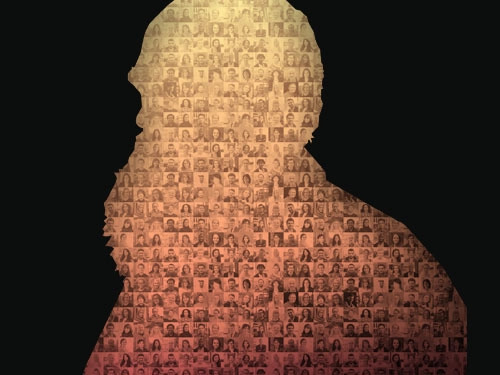Celebrating Darwin Day 2019
February 12, 2019
Dear friends,
Every year on Darwin Day, BSCS Science Learning celebrates the profound impact of Charles Darwin’s theory of evolution. Nearly 140 years after his death, Darwin’s contributions to science remain significant, and his name is recognizable around the world.
This year, we would like to use this moment to shine a broader spotlight on scientists whose names are not as well known, whose ideas were dismissed or appropriated over the course of history. At BSCS Science Learning, our vision for science education is one that includes the voices of every great scientist and every science student, regardless of social identity.
Ibn al-Shatir’s calculations are to thank for the first accurate lunar model. A Syrian Arab astronomer, he departed from the Ptolemaic system and produced a 14th-century model that matched physical observations of the Moon’s distance from Earth. However, Nicolaus Copernicus presented identical mathematic details in his system 100 years later—and Copernicus’ name is the one remembered.
Alice Augusta Ball, an African American chemist, was the first female chemistry professor at the University of Hawaii. She developed an injectable oil extract that became the most effective treatment for leprosy during the early 1900s. Ball died suddenly and was unable to publish her findings—so the university’s president published them, without giving her credit. The truth eventually surfaced, but it took the university nearly 90 years to acknowledge Ball’s work.
Lise Meitner’s work in nuclear physics led to the discovery of nuclear fission. As a Jewish, Austrian woman working during the Nazi regime, shewas separated from the credit of this discovery and left off the Nobel Prize in 1944. Chien-Shiung Wu was recruited from China to the United States in the1940s and became known as one of the best experimental physicists of her time. She conducted experiments that disproved the law of parity inquantum mechanics, a law that had been accepted for 30 years. Yet the1957 Nobel Prize named only Wu’s two male colleagues.
Rosalind Franklin played a crucial but unsung role in the discovery of DNA’s double helix structure. An English chemist and x-ray crystallographer, she captured the famous “Photo 51” image that showed this helical structure, yet was barely recognized alongside Watson, Crick, and Wilkins. She died before the Nobel Prize was awarded in 1962—but the question remains whether she would have even been included on the award.
As BSCS reflects on these stories, we remain focused on pursuing a more equitable, inclusive, and just future for science learning. We envision a society in which all learners have access to a high-quality science education, all learners are empowered to use science effectively in their lives, and all learners are both acknowledged and celebrated.
We appreciate your support as we continue working toward this future.
Sincerely,

Daniel C. Edelson
BSCS Executive Director
